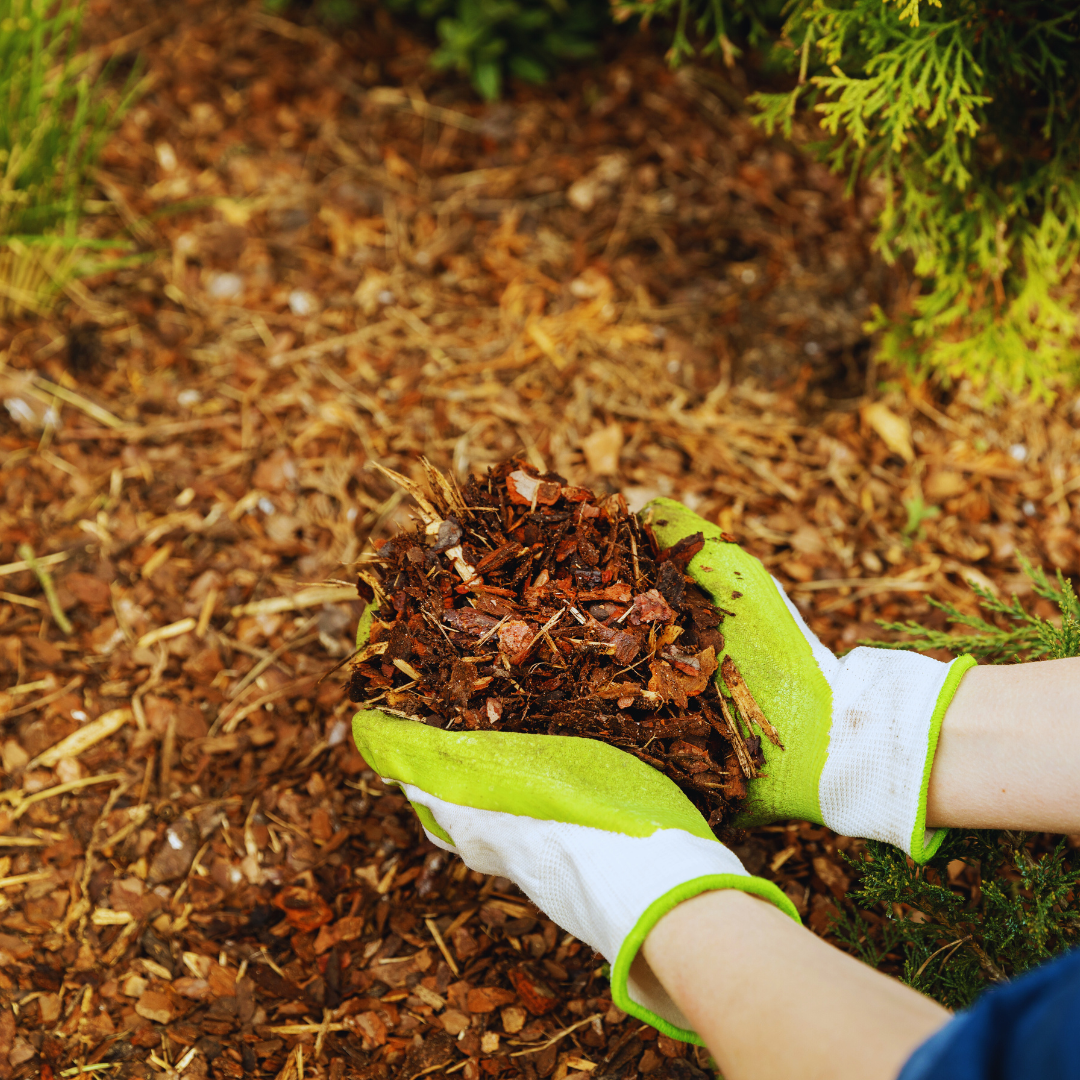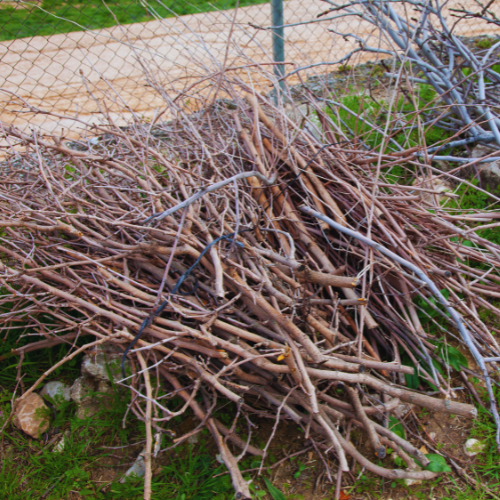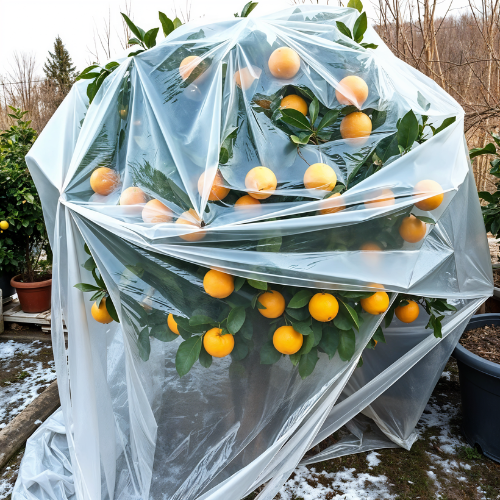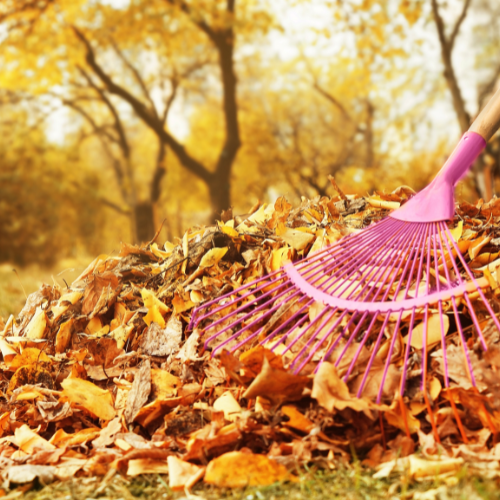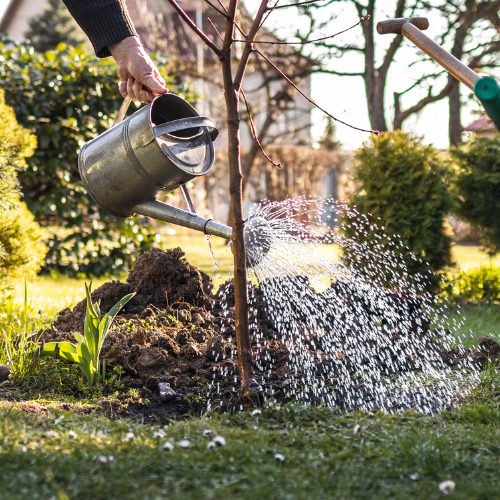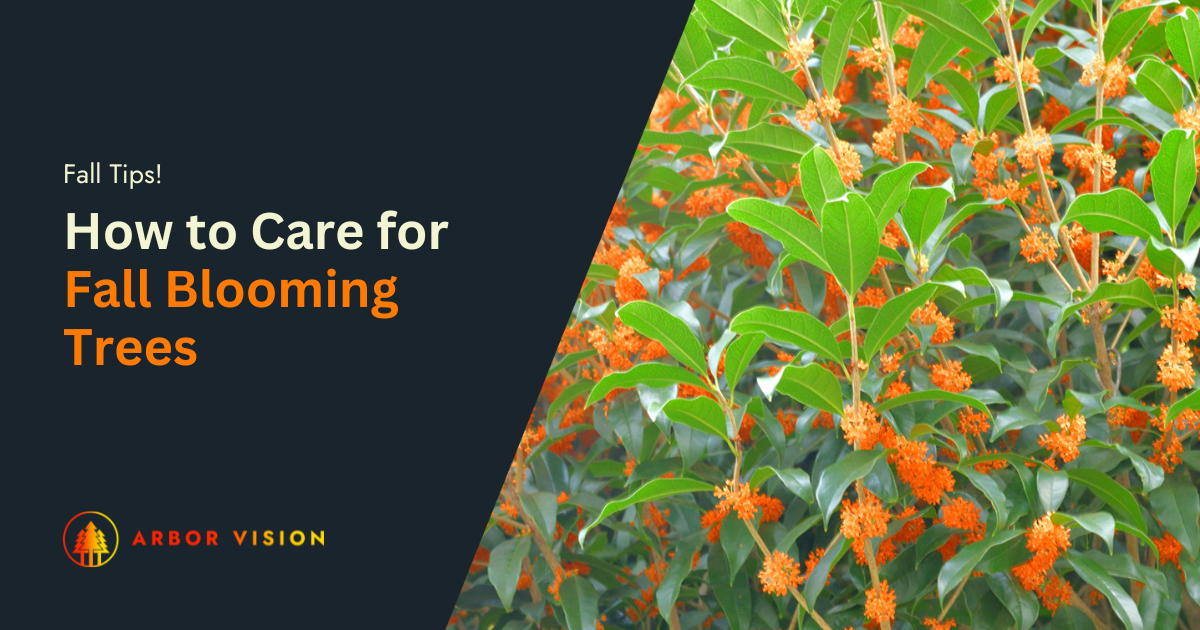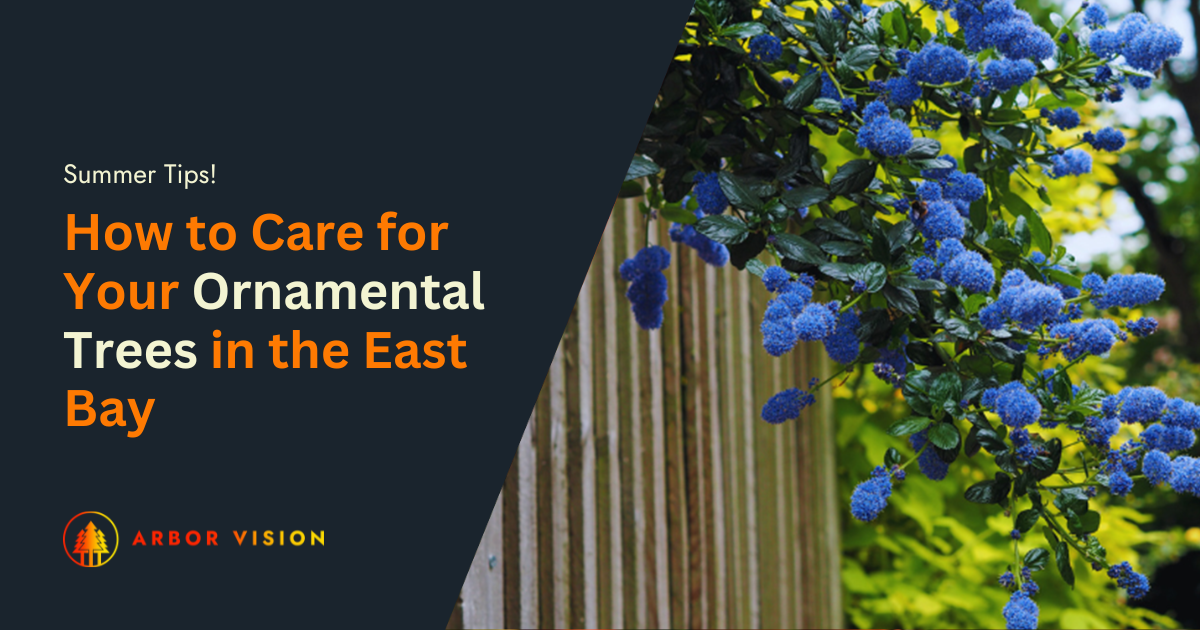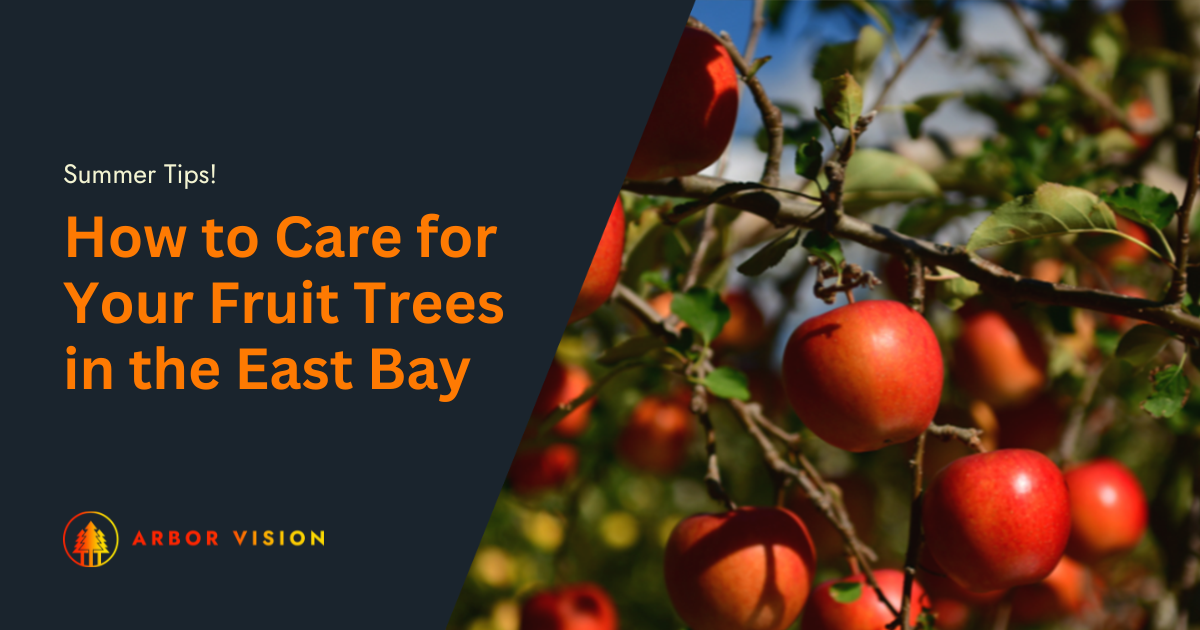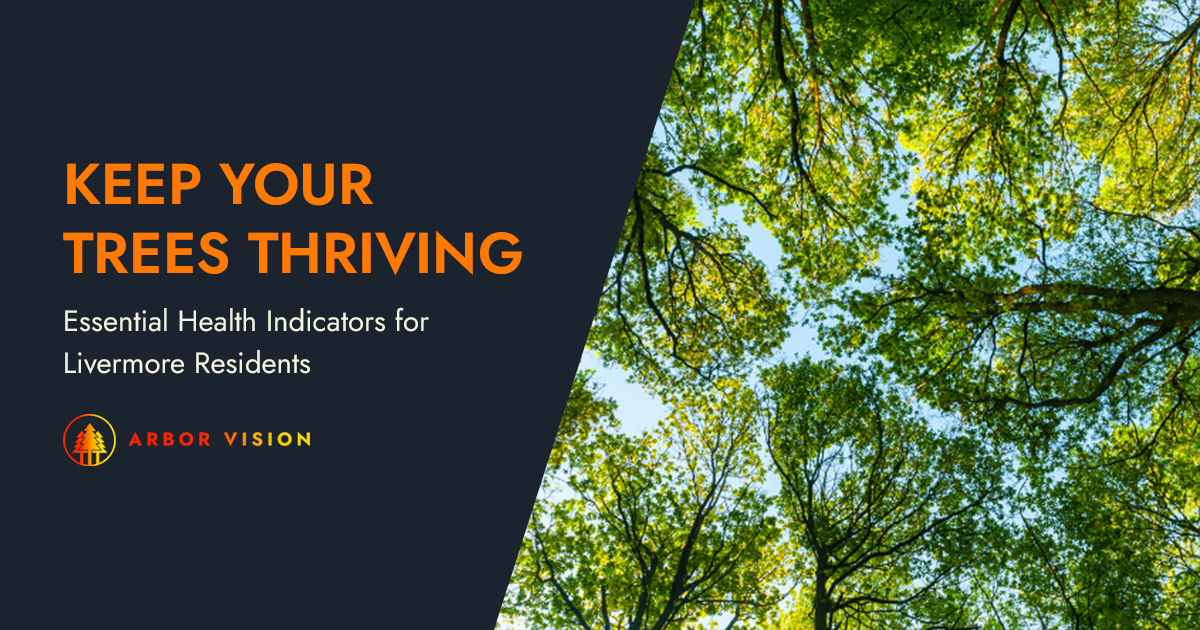Preparing Your Fruit Trees in the East Bay for a Healthy Dormancy: Essential Fall Care Tip
Share this page:
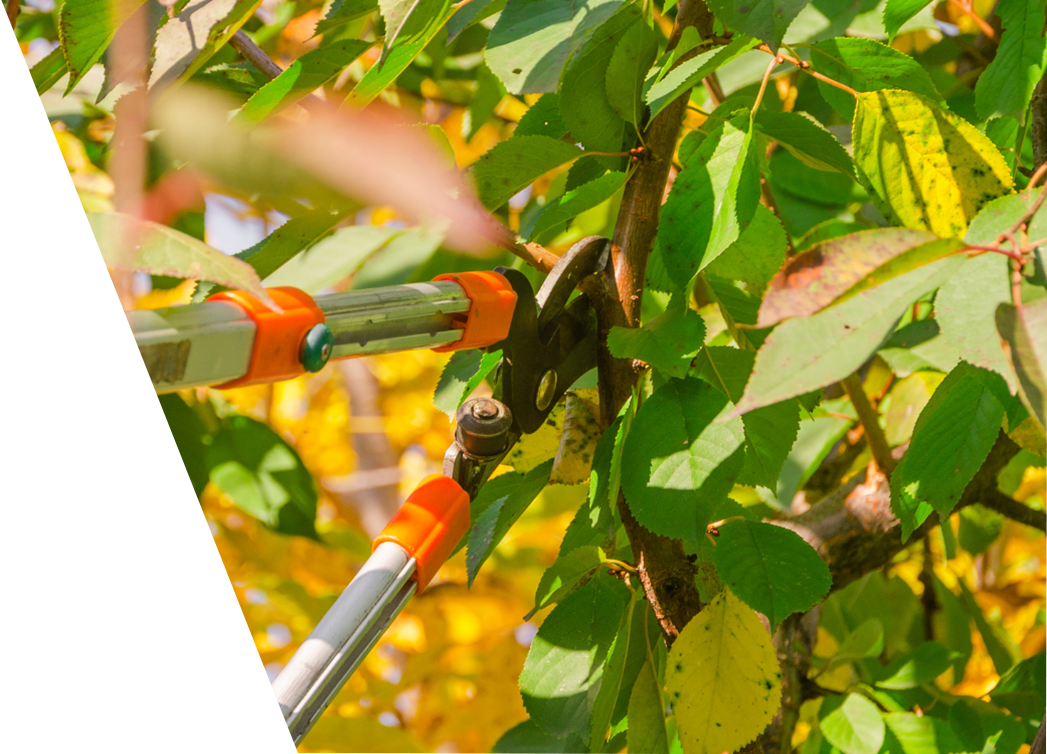
Fruit trees offer an impressive show of blossoms in the spring, followed by flavorful fruit production into the summer and early fall. However, there are a few steps you should take to help keep your trees healthy and productive with proper seasonal tree care. Here, we answer all the most common questions regarding preparing your fruit trees for a healthy dormancy to enjoy a more productive spring.
Do you need to winterize fruit trees?
Yes, winterization is always a good idea as part of proper fall care for fruit trees. Adding a good amount of mulch helps trees retain moisture and soil nutrients. Spread mulch about 4 inches thick around the base of the tree and 2 feet away from the trunk to prevent rot. Don’t remove fallen leaves to make room for mulch, as the leaves are the best natural form of mulch.
Explore additional
fall blooming tree care tips for a vibrant garden.
Should apple trees be watered in the fall?
No. It’s best to stop watering your apple trees starting in early autumn to avoid encouraging new growth that won’t survive the winter. This is the best way to avoid unnecessary breakage that can damage the tree and make it more vulnerable to pests and disease. Once the leaves drop, give your trees a deep watering to keep them strong to handle high winds and winter storms. After this, the cooler weather reduces evaporation, and your apple tree should require little to no watering once the winter sets in.
Should fruit trees be pruned in the fall?
Fruit trees only require fall pruning to remove dead, diseased or damaged branches. This important step in fall care for fruit trees will prevent damage in high winds, allow the tree to develop a stronger structure, and maintain better overall health. Pruning fruit trees to help control tree size for easier harvesting and removing crossing branches to allow better sun filtration should be left until January and early February, just prior to the bud swelling.
How to protect fruit trees?
Fruit trees are vulnerable to different insects and diseases and require fall treatments for protection. Both fungicide and pesticide treatments can be applied in November, followed by an application in early January and then again in February to complete the treatment.
These treatments must be applied when the tree has lost its leaves and before buds begin to appear to be effective. An all-seasons horticultural spray oil protects against insects, while a liquid copper fungicide spray should be used on trees, including citrus, apricots, nectarines, and peaches, to prevent
fungus and diseases such as leaf curl and
shothole.
What to use to cover fruit trees in winter?
Fruit trees are typically covered in the late winter to protect against late frost. However, citrus and younger trees are particularly vulnerable to frost, so it doesn’t hurt to prepare the tree for cover in the fall. You can put stakes in the ground so you can easily drape an old sheet, frost blanket, plastic, or burlap over the tree to protect it during frost warnings.
Use three sturdy wooden stakes slightly higher than the tree, placing two facing the direction the wind tends to blow and the third on the opposite side of the tree to create a triangle. This will provide support for the cover, which you can secure with staples if high winds are expected. The cover needs to go all the way to the ground to provide sufficient heat for protection. Keep your eye on weather forecasts so you can cover the trees when there is a risk for overnight temperatures dropping below freezing.
What about winter sun scald?
Although sun scald is more common in the heat of summer, sudden changes of temperature can kill or damage tree bark cells any time of the year. Winter sun scald is most common on the south and southwest-facing sides of the tree, where cold bark tissue thaws and freezes too quickly. If you want to be extra cautious, you can cover tree trunks with white tree wrap to ensure the bark doesn’t crack as the tree is exposed to fluctuating temperatures and sun exposure.
Is it better to bag or mulch leaves in the fall?
Fallen leaves are a cost-effective natural mulch that protects fruit trees in the winter months. Mulching leaves is always the better choice as it’s less work and avoids having to lug in bags of mulch to distribute around your trees. If you have a lot of trees on your property, keep the leaves aside so they are ready to use. They will benefit from wet weather, which makes the mulch less likely to blow away. Don’t worry about shredding the leaves, as they provide a nice loose mulch for proper aeration to prevent rot. They also won’t become too compact from rain.
Can I plant fruit trees in the fall?
Yes, this is the best season to plant new trees. They’ll have the best conditions to avoid common issues, such as transplant shock which can be worse in the heat of the summer. In the fall the soil is cool and moist, and the tree also can use the dormant season to help establish its roots in time for the spring.
How do I care for new fruit trees in the fall?
First, you want to water the new tree soil deeply but infrequently, about once a week, to encourage root development. A good rule of thumb is about two gallons a week for young trees with branches spanning two feet wide. Do not overwater the tree, and make sure the soil feels dry each week before you rewater. You can then properly mulch around the tree to just beyond the drip line. If you do this, you shouldn’t have to water the tree much or even at all between October and around March or later, as the cooler weather and mulch will help retain sufficient water.
With the proper fruit tree care in fall, your fruit trees will weather the winter and come out stronger, ready to produce an impressive show of spring blossoms followed by a healthy harvest.
Learn More About Our Tree Care Services
For more information on fall care of fruit trees or to learn more about Arbor Vision’s tree care services, click the button below. We offer fruit tree services throughout Alameda County, Contra Costa County, San Ramon, Freemont, Concord, and San Jose.
Share this page:
Related Topics:
Site Map
Arbor Vision, Incorporated
CA Licensed Contractor #1045914
Mon - Sat
8:00 AM - 5:00 PM
Sun
Closed


We proudly serve residential, commercial, and municipal customers throughout Alameda and Contra Costa Counties, including Alamo • Blackhawk • Castro Valley • Concord • Danville • Dublin • Fremont • Livermore • Oakley • Orinda • Pleasant Hill • Pleasanton • Richmond • San Jose • San Ramon • Walnut Creek, and surrounding communities
Copyright © 2024 Arbor Vision, Incorporated. All rights reserved.

